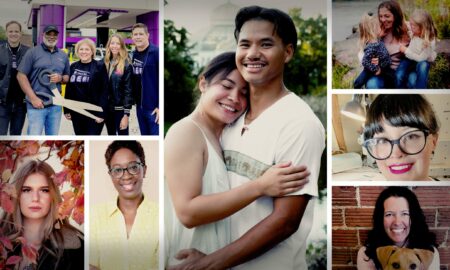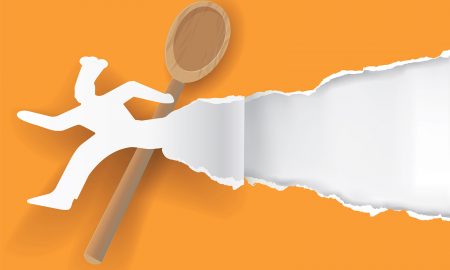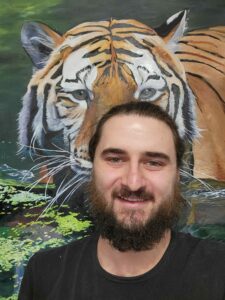 Today we’d like to introduce you to John Lannon.
Today we’d like to introduce you to John Lannon.
Hi John, we appreciate you taking the time to share your story with us today. Where does your story begin?
I have been intensely interested in visual art from as early as I can remember. My earliest memory involves drawing on the wall of my parent’s house. The original memory was magical; I drew what I described as a “garage” on the wall with only a few lines. I could see into it as if it were real, a 3-dimensional portal into another world. Later memories of the same drawing clarified that it was 3 sloppily drawn lines forming what I can hardly describe as a rectangle. Despite the reality of the drawing not matching the unparalleled realism of the original memory, the whole experience instilled in me from a young age art’s ability to ignite my imagination and allow me to have experiences that went beyond what I was experiencing physically.
Throughout my life, art and artmaking continued to be a means of escape into an imaginary reality where I was in complete control over every aspect of that reality. This starkly contrasted with my lived reality, where everything felt out of control and unmanageable. I was subject to bullying as a child, but art was a way for me to gain praise from my peers rather than the usual punishment they doled out regularly. Luckily, when I was in the fifth grade, I changed schools, and my bullying problems evaporated.
As I grew older, new struggles arose. I had my first mental health episode at age 14. I spiraled into a deep depression, and my life felt devoid of joy. My only escape was into art, both visual art, and music. I got medical help for my depression, but art’s ability to provide a means of escape was still a constant in my life.
I started abusing drugs when I was 19, and my artmaking peaked at 20. Fast forward to college, and my artmaking was at its peak. As drug use increased, my creative output initially increased, but I subsequently receded into memory and stopped making art altogether. My drug use reached a breaking point in 2017. I was broke, about to be evicted, and hopelessly addicted to methamphetamine and alcohol. I sought treatment for my addiction and have been alcohol and meth free ever since.
Getting sober alone was not enough to reawaken my creative spark. I was wracked with fear. What if I lost my skills? What if I can’t make art the way I used to? What’s the point of being creative? It escalated into a full crisis of identity. In 2020, during the COVID lockdown, I resumed making art, slowly at first, using pen and ink. In 2021, I pulled out an old set of Faber Castell Polychromos and started coloring, and something snapped back into place. I was completely lost in an abstracted universe of my own design. The experience reminded me of the importance of art in my life. And I have been creating nearly every day since.
I have completely changed how I see art in the past year and a half. My fear always held me back from pursuing it as a career. Two fears, in particular, have persisted within me for many years. The lesser fear was that making money as an artist would be impossible. The “starving artist” cliche has haunted me my entire life. I recently learned that this fictitious trope holds many artists back from reaching their true potential. The greater fear was that becoming a professional artist would rob me of the joy I experienced making art. I have overcome this fear, though. No amount of being “chained to the easel” to complete a commission on time has ever detracted from the process. The long hours required to meet deadlines pull me deeper into the creative process, my flow states last longer, and I feel myself getting better, faster.
I now create art part-time. I still consider myself a student, but I suspect that will be the case forever. There is always more to learn. I am grateful that the pursuit of mastery can (sometimes) pay for itself. When I am not making art, I am a designer at a custom framing business, a painting teacher, and a local painting studio. And, very unrelated to art but still true to my life experience, a part-time financial consultant at a drug treatment center.
Would you say it’s been a smooth road, and if not, what are some of the biggest challenges you’ve faced along the way?
It has not been a smooth road. I have suffered from mental illness, drug addiction, and alcoholism; I have been diagnosed with depression, anxiety, ADHD, and an autism spectrum disorder. I have been addicted to Adderall, methamphetamine, and alcohol, to name just a few. My life completely unraveled in 2017, at the height of my meth addiction. I am grateful to everyone who stood by me despite the miserable state of my affairs. Though they didn’t like me much, my parents still loved me. They provided the emotional support I needed to gather the courage to admit I needed an institutional solution to my addiction. I spent 6 weeks in a hospital rehab program in Rochester, MN, in 2017, followed by 4 months of intensive outpatient drug rehab immediately afterward.
Depression has followed me like a shadow since age 14. It ebbs and flows, but I have learned to draw inspiration from the dark places it brings me to. In a sick sort of way, I am grateful for my afflictions. I believe that difficult experiences in the life of an artist can strengthen one’s work.
Appreciate you sharing that. What else should we know about what you do?
I am a visual artist. I create paintings that fall into a few different categories; mainly abstract, impressionism, and realism. Currently, I paint primarily in oil. I am not well known yet, and I would consider myself an emerging artist. I expect if I am to become known, it will be for abstract art that features a realistic sense of light, color, and depth. I aspire to apply the principles of visual reality to scenes created from imagination, in order to evoke a sense of wonder, curiosity, and self-reflection in the viewer.
I am most proud of the speed of my progress as a self-taught artist. I have only been painting in oils for a year and am already creating work I am comfortable marketing and selling.
As for what sets me apart, I suppose it would be how I think. It is hard for me, and I suspect for most anyone, to accurately describe the working environment within one’s mind, but I will do my best.
I am infinitely curious, and I am always asking myself questions. I want to understand every possible thing there is to understand about everything, and this is especially true of painting. Why do some pigments behave differently from others? How much light is reflecting off the surface of my paint? And how much is traveling through the paint and back out again? What factors are responsible for the various spectra of light entering the eye of the viewer? What is happening chemically as the paint dries? Every time I paint, I am doing little mini experiments, testing old methods vs. new ones, learning the techniques of old as well as inventing my own. When I am not physically painting, I am visualizing the process the way an athlete might visualize their next game or race. Whenever I see something interesting or beautiful (these things are just about everywhere if you look hard enough), my thoughts immediately jump to “How would I paint that?” I know I am not unique among artists for thinking this way, but it certainly sets me apart from most non-artists.
Let’s talk about our city – what do you love? What do you not love?
I love the diversity in Minneapolis. So many different kinds of people, places, and things. I love the restaurant scene, and there are so many good music venues. The views throughout the south metro in the Minnesota river valley are gorgeous and provide constant inspiration. The Minneapolis skyline from Burnsville at sunset is truly a sight to behold. In general, I prefer wooded settings away from traffic noise and air pollution. I suppose the thing I like least about the city is that it is a city.
Pricing:
- 6 x 6 – $180
- 8 x 10 – $400
- 9 x 12 – $500
- 11 x 14 – $650
- 16 x 20 – $1,000
Contact Info:
- Instagram: https://www.instagram.com/lannonfineart/
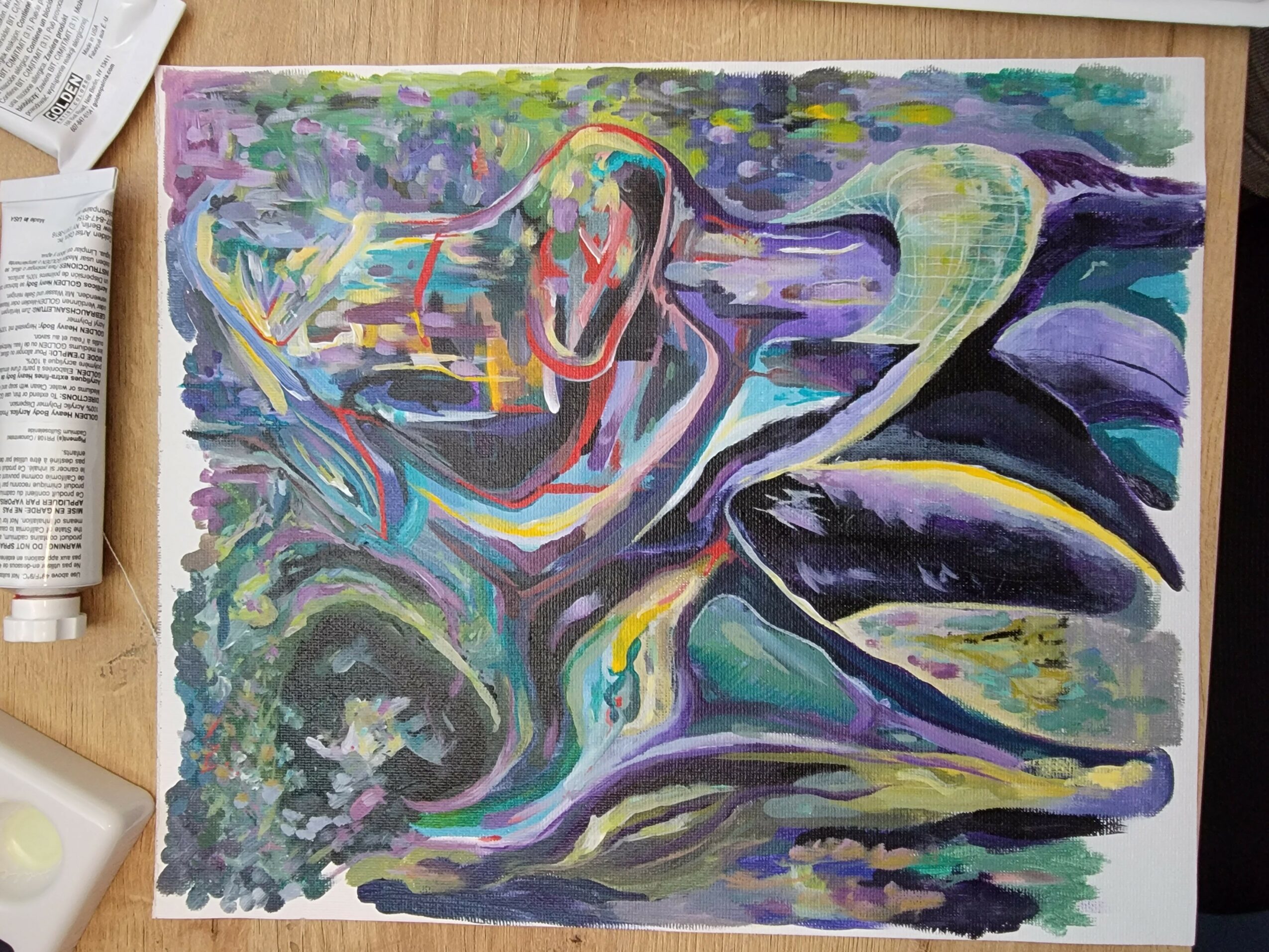
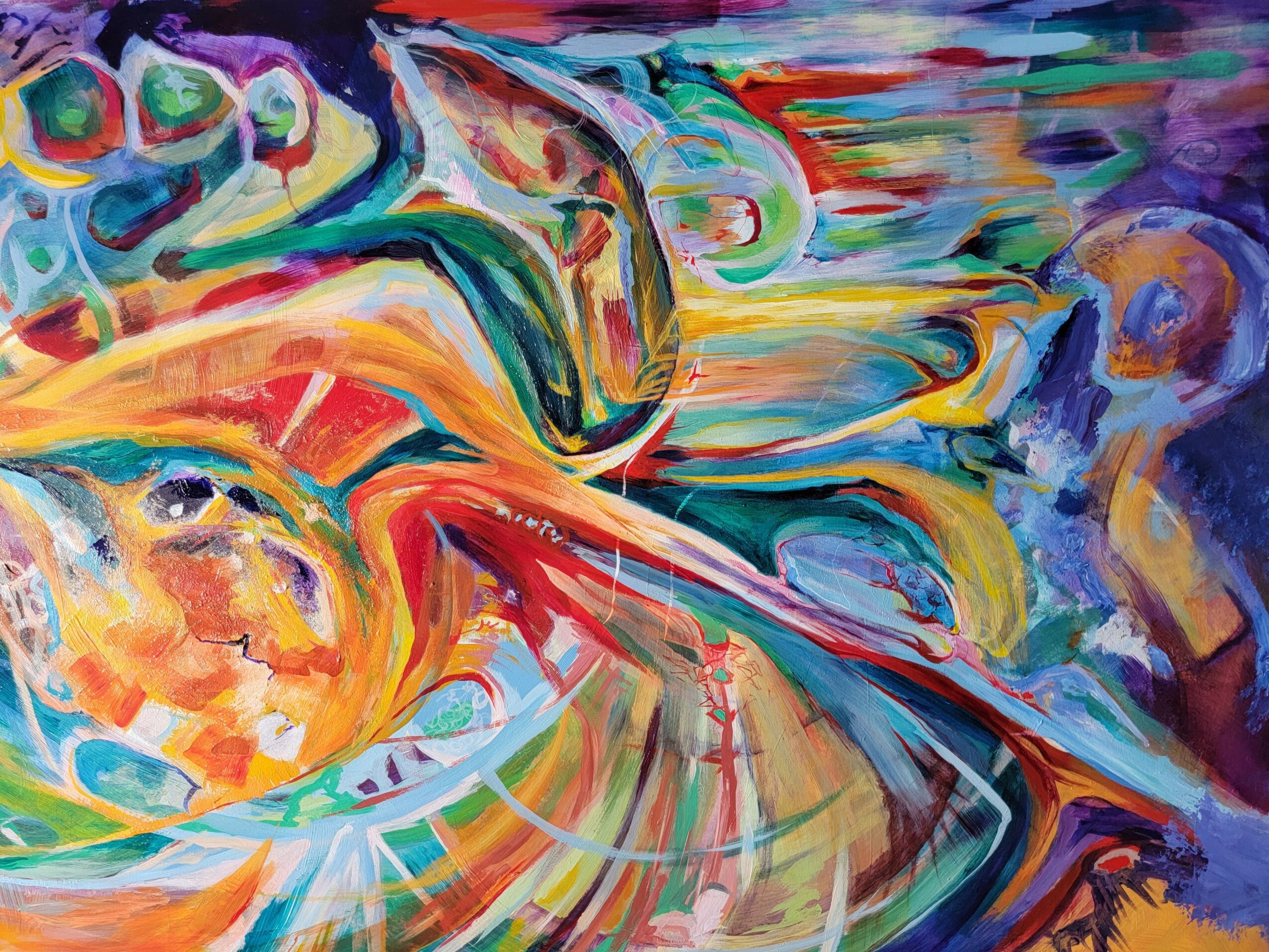
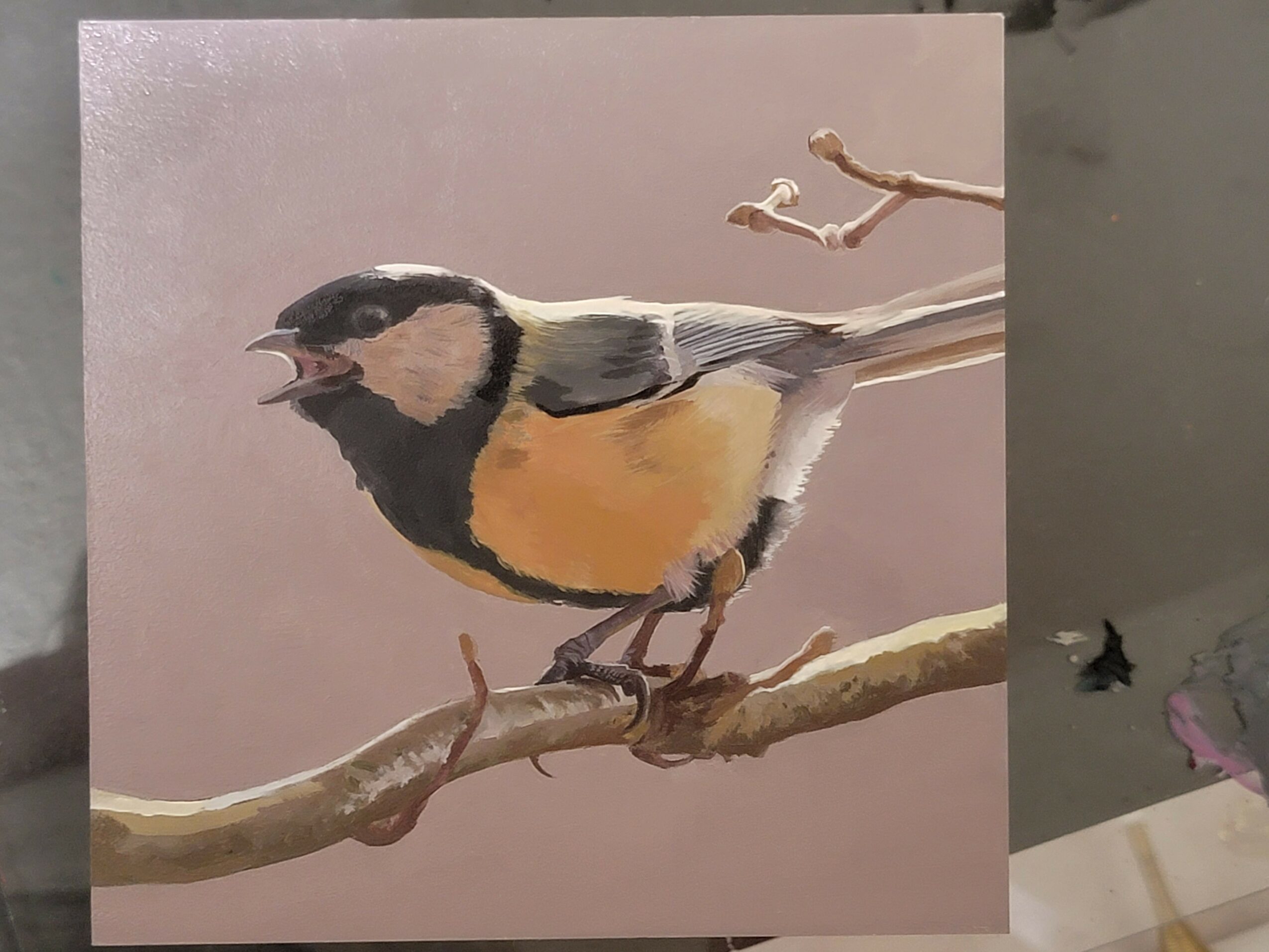
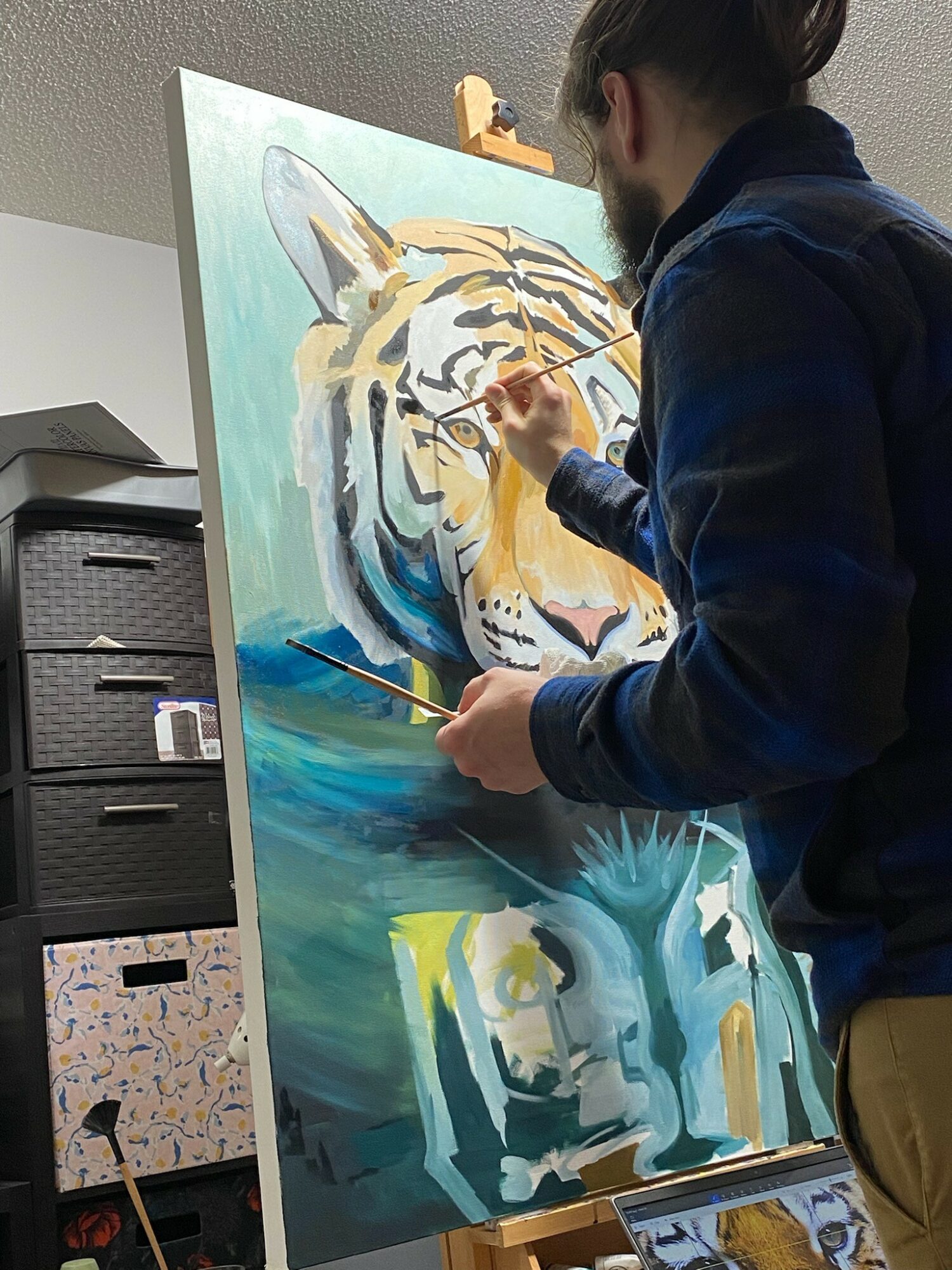
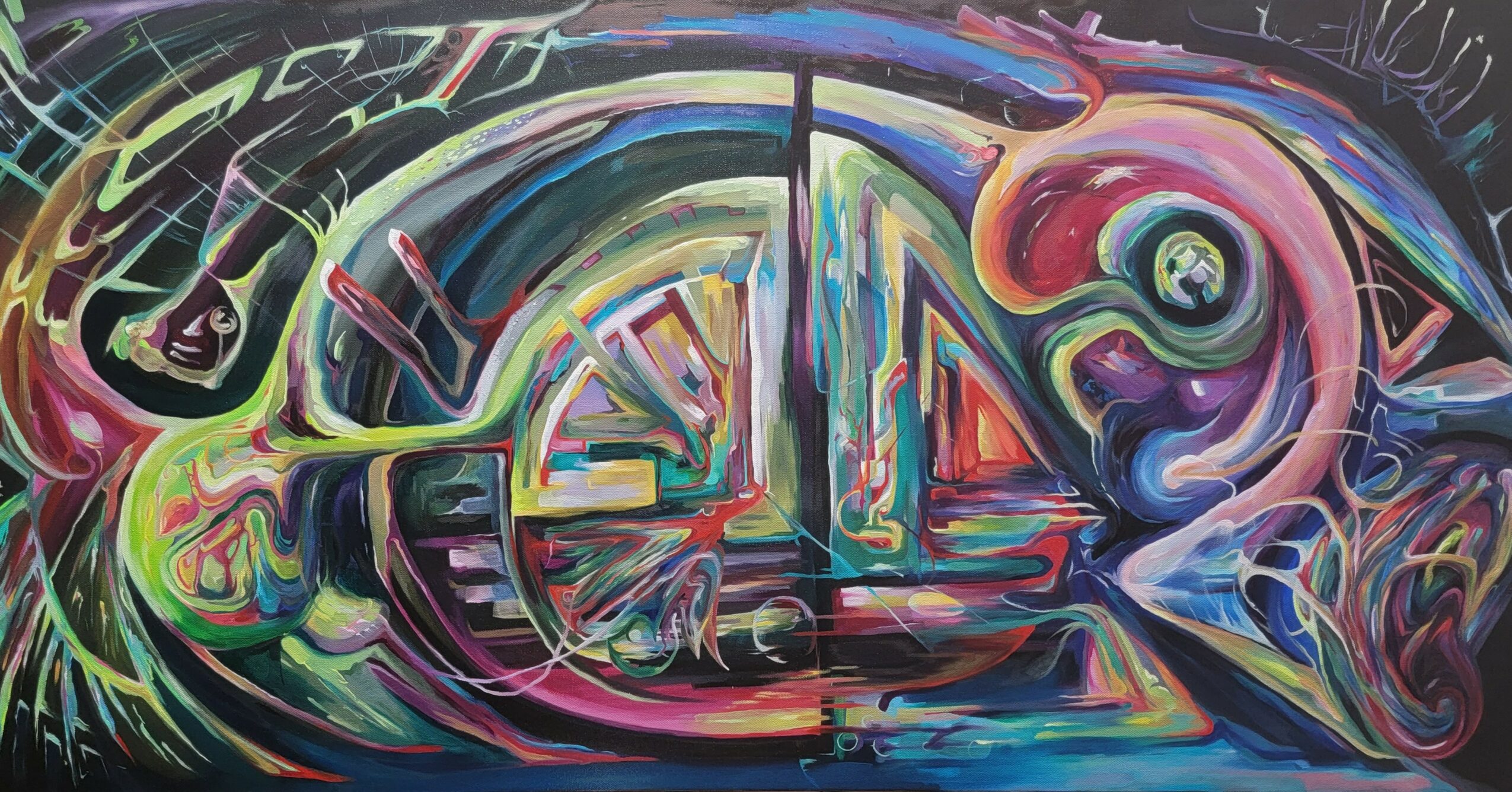

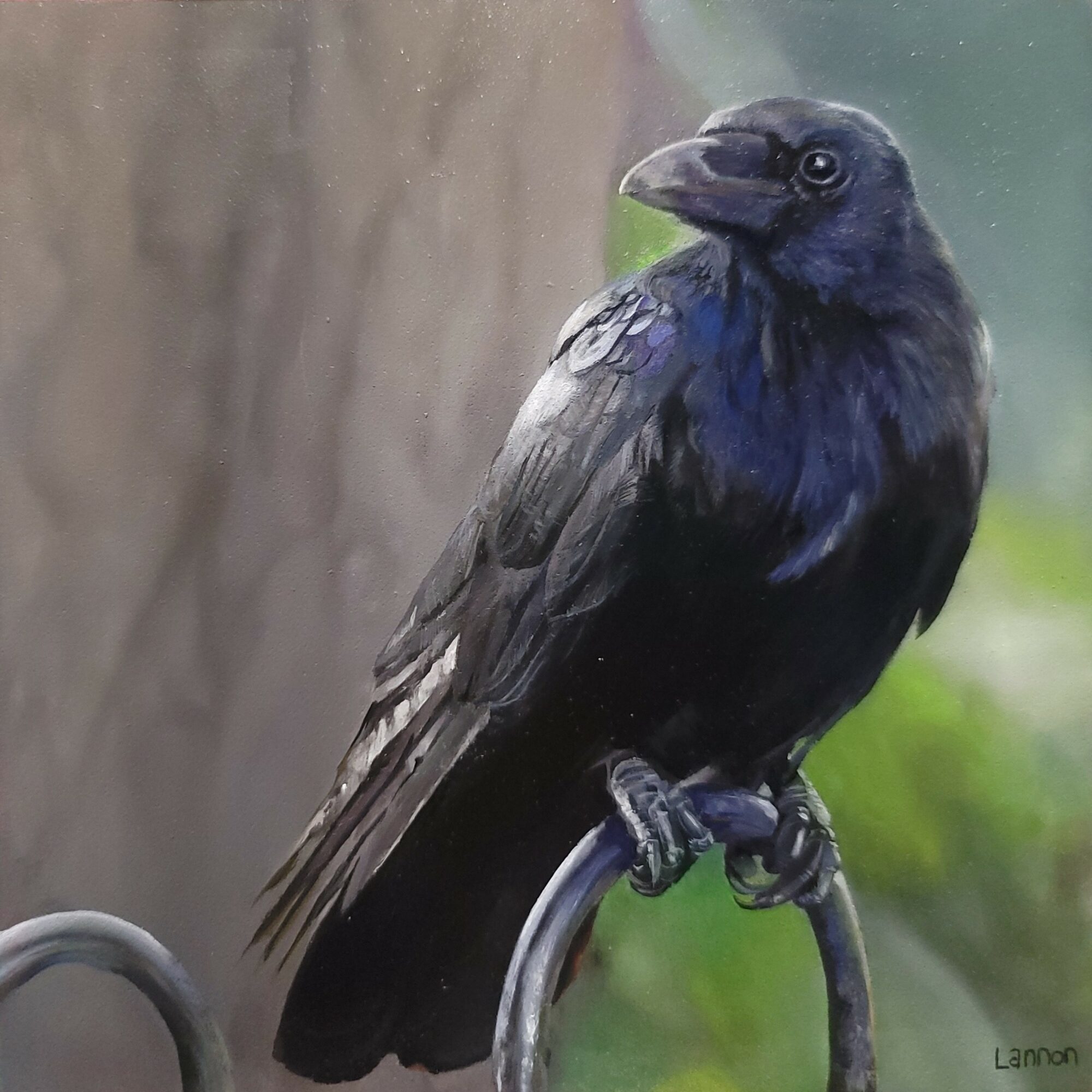
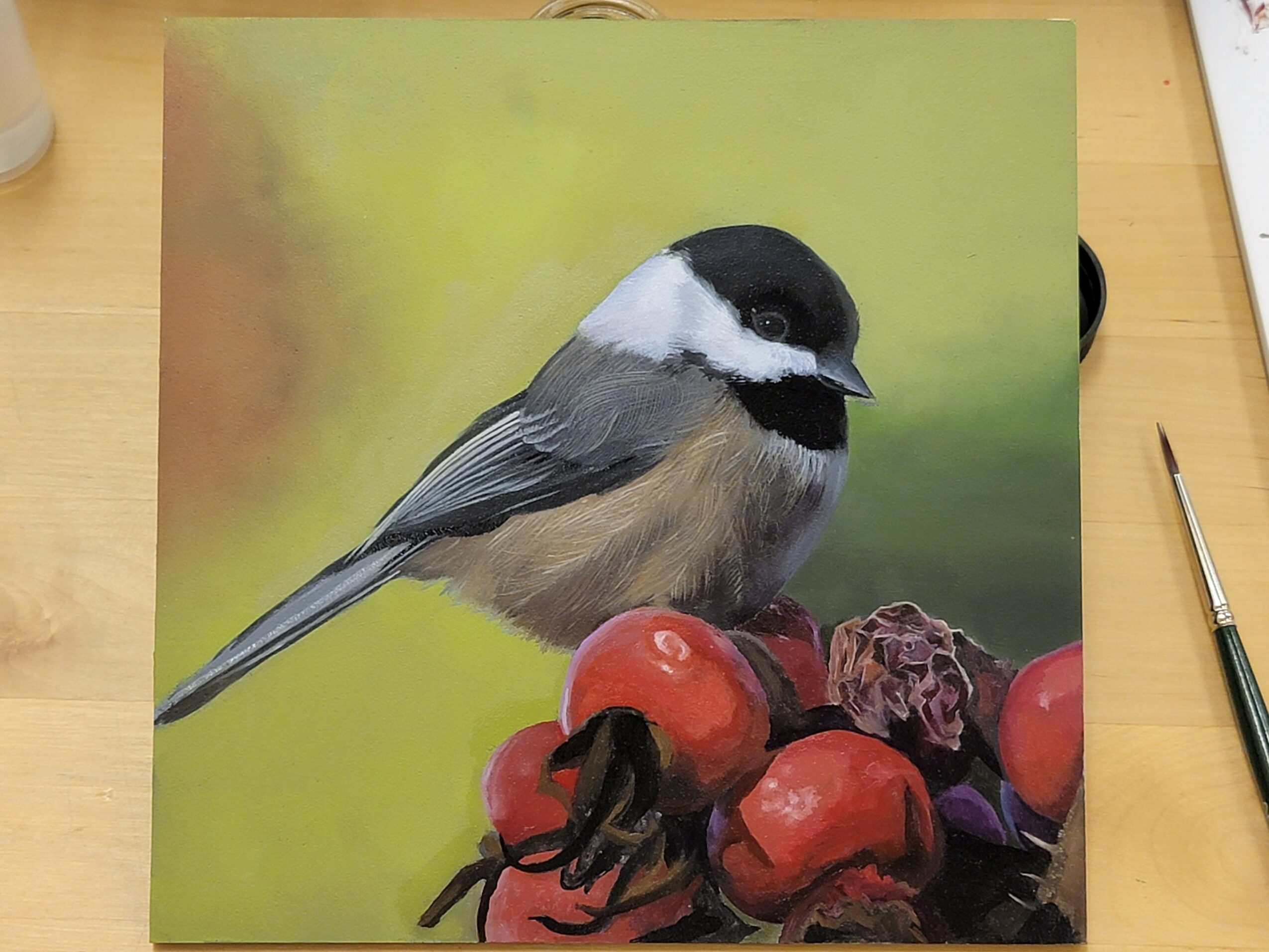 Image Credits
Image Credits
John Lannon

